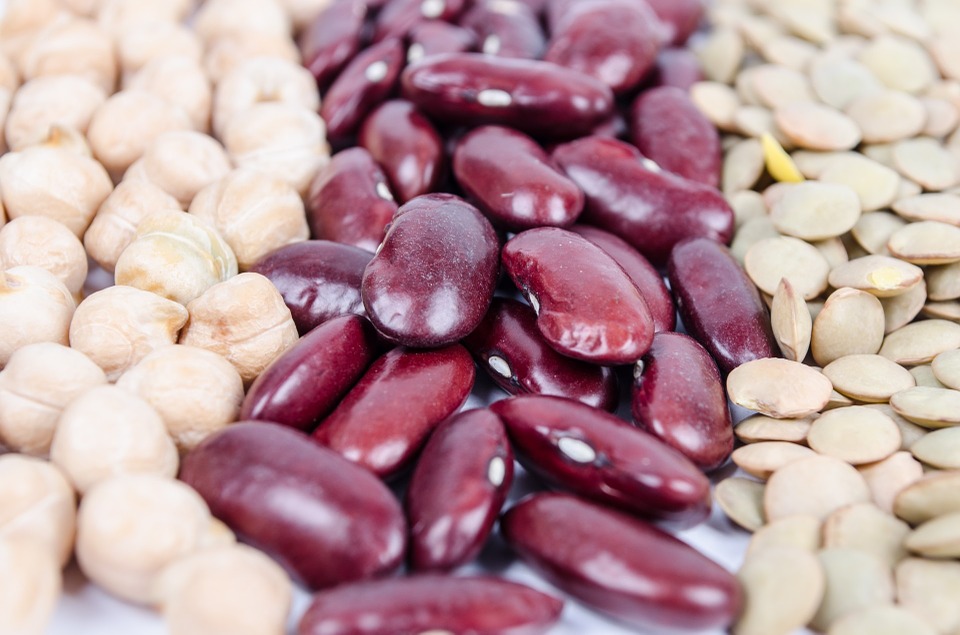August 2008 - Providing fruits for snacks and serving vegetables at dinner can shape a preschooler's eating patterns for his or her lifetime.
To combat the increasing problem of childhood obesity, researchers are studying how to get preschoolers to eat more fruits and vegetables. According to researchers at Washington University in St. Louis, one way is early home interventions - teaching parents how to create an environment where children reach for a banana instead of potato chips.
"We know that parents have tremendous influence over how many fruits and vegetables their children eat," says Debra Haire-Joshu, Ph.D., a professor at the George Warren Brown School of Social Work. "When parents eat more fruits and vegetables, so do their children. When parents eat and give their children high fat snacks or soft drinks, children learn these eating patterns instead."
Haire-Joshu and researchers at Saint Louis University School of Public Health tested a program that taught parents in their homes how to provide preschool children easy access to more fruits and vegetables and examined whether changes in what the parents ate affected what their children consumed. The study was published in the July issue of the journal Preventive Medicine.
"This research shows that it's important to communicate with parents in real world settings," Haire-Joshu says. "They control the food environment for their young child. This environment is key to not only what children eat today but how they will eat in the future."
Continue Reading Below ↓↓↓
Past research has shown that diets high in fruits and vegetables are associated with a lower risk of obesity. Previous studies also have established that children learn to like and eat vegetables at a young age - before they turn five years old.
In this five-year study in rural, southeast Missouri, 1,306 parents and children between the ages of two and five participating in Parents As Teachers, a national parent education program, were randomly assigned to two groups. One group enrolled in the High 5 for Kids program, and the other group received standard visits from Parents as Teachers. In the High 5 for Kids group, parents first completed a pretest interview about fruit and vegetable consumption.
Parent educators then visited the home four times, providing examples of parent-child activities designed around nutrition, such as teaching the child the names and colors of various fruits and vegetables and having the child select a variety of fruits and vegetables for breakfast. At each visit, parents also received materials and informational handouts with suggestions for improving feeding practices and the food environment in the home. Many of these materials were tailored to the individual patterns of that parent, with suggestions for how to improve his or her specific intake and that of their child.
Additionally, children were given four High 5 for Kids sing-along-stories with audiocassettes and coloring books.
The same parent interviewed before the intervention completed a telephone survey to determine changes in the number of fruits and vegetables eaten and behaviors of both the preschool children and parent. The average time between the before and after intervention survey was seven months.
Parents in the High 5 for Kids group ate significantly more fruits and vegetables, and a change in the parent's servings of fruits and vegetables predicted a change in the child's diet, too. An increase of one fruit or vegetable serving per day in a parent was associated with an increase of half a fruit or vegetable serving per day in his or her child. These parents also reported an increase in fruit and vegetable knowledge and availability of fruits and vegetables in the home.
Although the High 5 for Kids program was effective in improving fruit and vegetable intake in children of normal weight, overweight children in this group did not eat more of these foods. "Overweight children have already been exposed to salty, sweet foods and learned to like them," says Haire-Joshu, who also holds an appointment at the School of Medicine as a professor. "To keep a child from becoming overweight, parents need to expose them early to a variety of healthy foods and offer the foods many times."
Haire-Joshu says many children today are taught patterns that lead to obesity. "We want families to provide their child with an environment in which they not only learn how to eat healthy but have the opportunity to practice what they learn," she says. "And by partnering with Parents As Teachers, we now can disseminate this program to their sites nationwide. This further impacts healthy eating patterns in parents and their preschool children."
Source: Washington University in St. Louis









